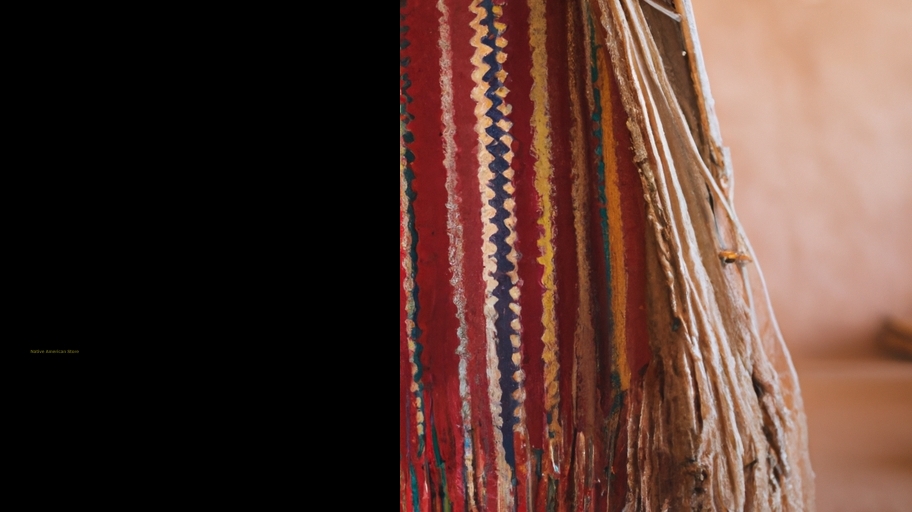Research similar artifacts found in your local area to compare sizes and shapes in order to identify them correctly.
Native American stone tools are an integral part of the archeological record and are used to learn about culture and lifestyle in the past. Identifying these artifacts is important for understanding this history, as well as for preserving them. To properly identify native american stone tools, one should look no further than their local area! By researching similar artifacts found nearby, it's possible to compare sizes (bigger/smaller) and shapes (round/square) in order to make a correct identification. In addition, looking at photographs of similar artifacts can provide insight into how they were made, what they were used for, or even which tribe created them!
Another great way to confirm a tool's authenticity is by examining its material composition. Native Americans often crafted tools out of stone such as flint or obsidian - but there are other materials like clay and wood that may have been utilized too! It's also possible to check for any wear markings or unique marks on the artifact itself; these can be helpful clues when trying to identify a specific tool from another culture. Finally, having an expert view your item can be very helpful in determining its origin and accuracy.
All in all, identifying native American stone tools takes time and effort! Researching nearby artifacts is key - comparing sizes & shapes plus analyzing materials will help you get one step closer to making an accurate determination. Don't forget: consulting with an expert is always advisable if you’re unsure about something – after all(!), they know best!
Consult with an expert if you are still unsure about its origins – they can provide additional information about its cultural significance and origin story..
Identifying native American stone tools can be a challenging task, but there are ways to tell if the item you have is authentic. To begin with, it's important to remember that these tools were used for everything from hunting and gathering food to creating weapons. While they may not look like anything special at first glance, they often have distinct markings that can help you determine their origin. (For example,) One of the key things to look for when examining a stone tool is an abstract design or pattern carved into it; this is usually an indication of its Native American heritage. Additionally, some of these artifacts will also feature symbols such as animal figures or geometric shapes which signify the culture and tribe associated with them.
If you're still unsure about what you have, it's best to consult with an expert who can provide additional information about its cultural significance and origin story! It's also important to be aware that some Native American stone tools are highly valued collectibles, so make sure you know what type of artifact you're dealing with before attempting to sell it or trade it away. Furthermore, keep in mind that due to the current laws regarding possessions of such items, any sale must be done through a licensed dealer - otherwise illegal activities could occur!
Finally, always remember: If something doesn't seem right when attempting to identify a Native American stone tool — don't hesitate to put your safety first and walk away! Be sure and take pictures of any questionable artifacts before leaving the area just in case further research needs done later on down the line. In conclusion, there are many ways one can go about identifying genuine Native American stone tools; however utilizing professional assistance should be considered if all else fails!
